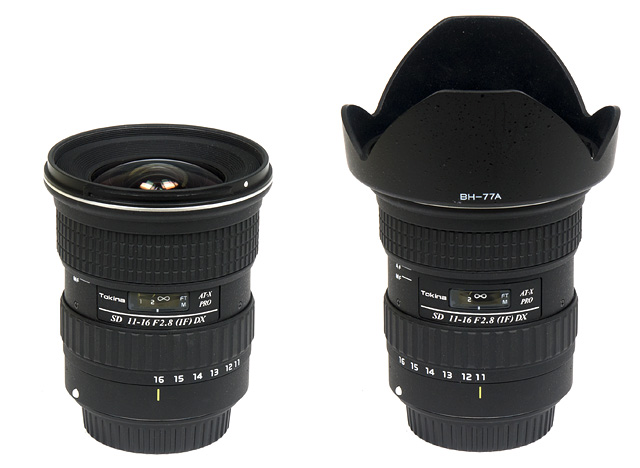- Joined
- 14 Nov 2012
- Posts
- 17,955
- Location
- Close to Swindon, but not Swindon
I made the same mistake yesterday, went out in the snow to try and take some scenic snow shots with my new camera, got back and all but 2-3 aren't blurry, I checked the settings and I had the camera on multi AF
On the bright side I have lots of pics of in-focus branches!!!
lol
To be honest, I think some of the shots I've taken I've done so with the wrong lens. I need to use the Tokina 11-16 for landscape shots and the macro for the closer shots as that is what it's there for.
Once I've got my Canon 70-200mm F/2.8 NON IS, it should be easier as that would also do reasonable close up shots. Obviously not to the macro standard mind.
I do think however, it's learning to use the lens. All lenses are different and they cannot all be used in the same way. I'm sure I'll get there in a few weeks. Still a little confused over the comment above about the aperture & focusing distance, may have to do more reading.



 You can see it wide open.
You can see it wide open.



